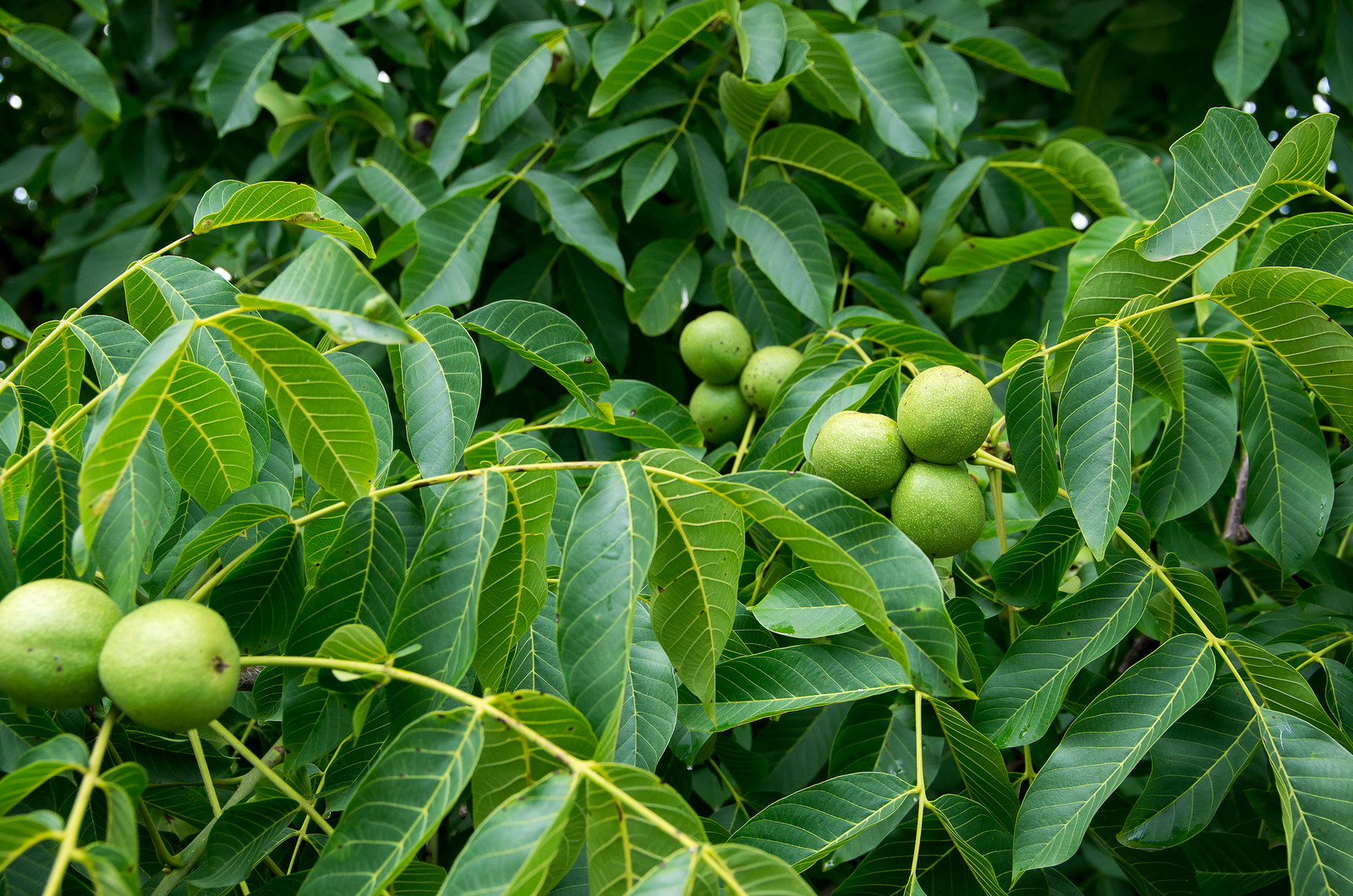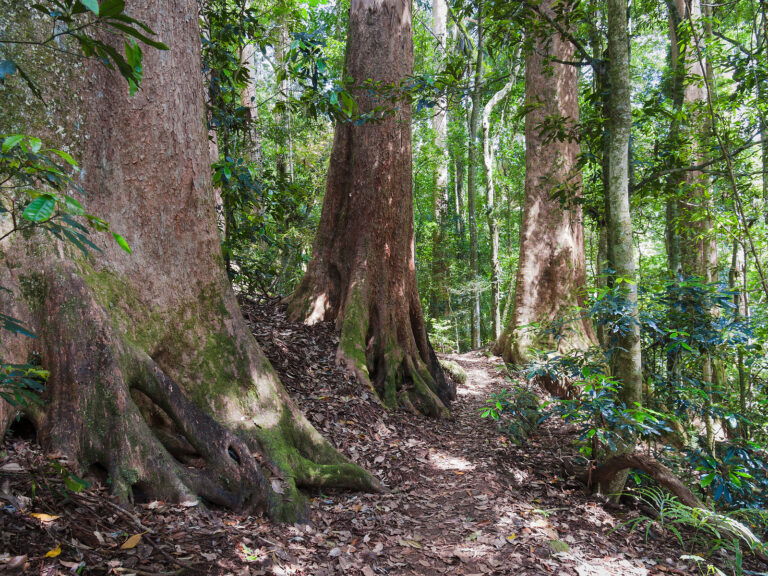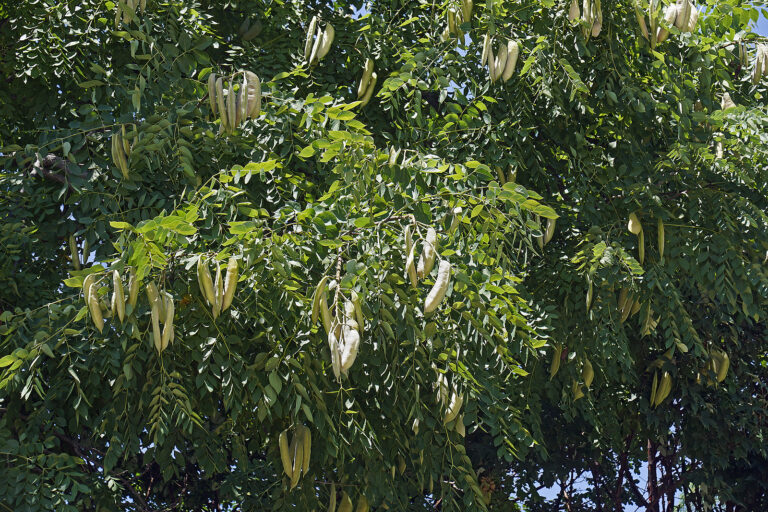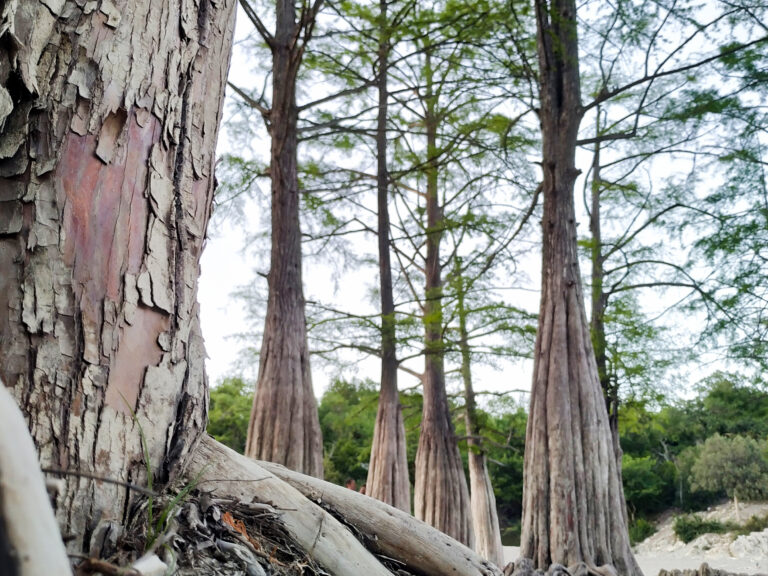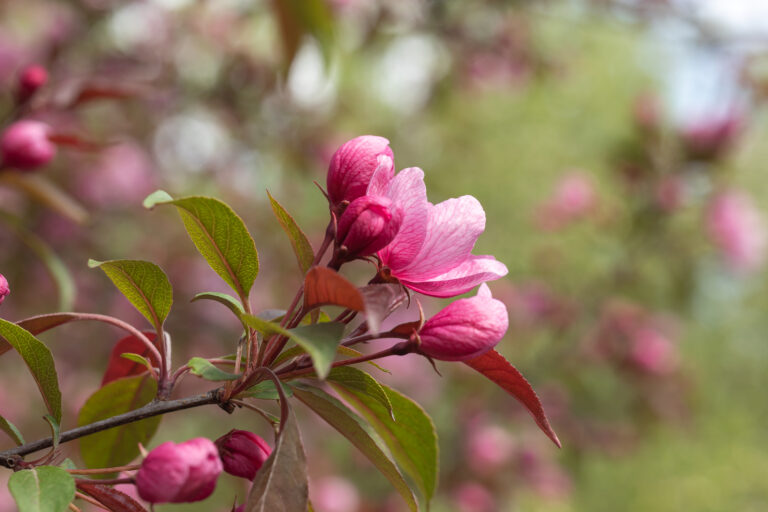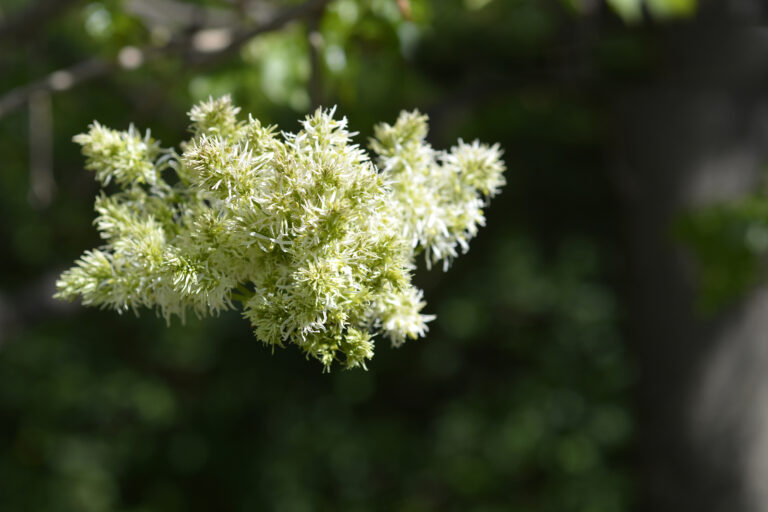How to Grow Juglans – Black Walnut
Black walnut, Juglans, is a deciduous tree. It has a wide-spreading, ruggedly picturesque outline growing to 75 feet tall. Plant walnuts in large open areas–open lawns, park, or large field.
Juglans is a genus of deciduous trees commonly called walnuts. The genus includes the Black Walnut, Butternut, and some strains of the English or Persian Walnut; some are hardy to cold-winter regions; some are West Coast species requiring a warm climate.
The walnuts are ornamental, with pinnate foliage. They require rich, moist soils to thrive.
Walnuts are generally cleanly branched with strong trunks. They make large domes and swing their graceful foliage close to the ground. Walnuts are desired as ornamental because of their attractive form and cheerful airy appearance. The vibrating foliage permits breezes to pass thwarough yet casts an ample shade.
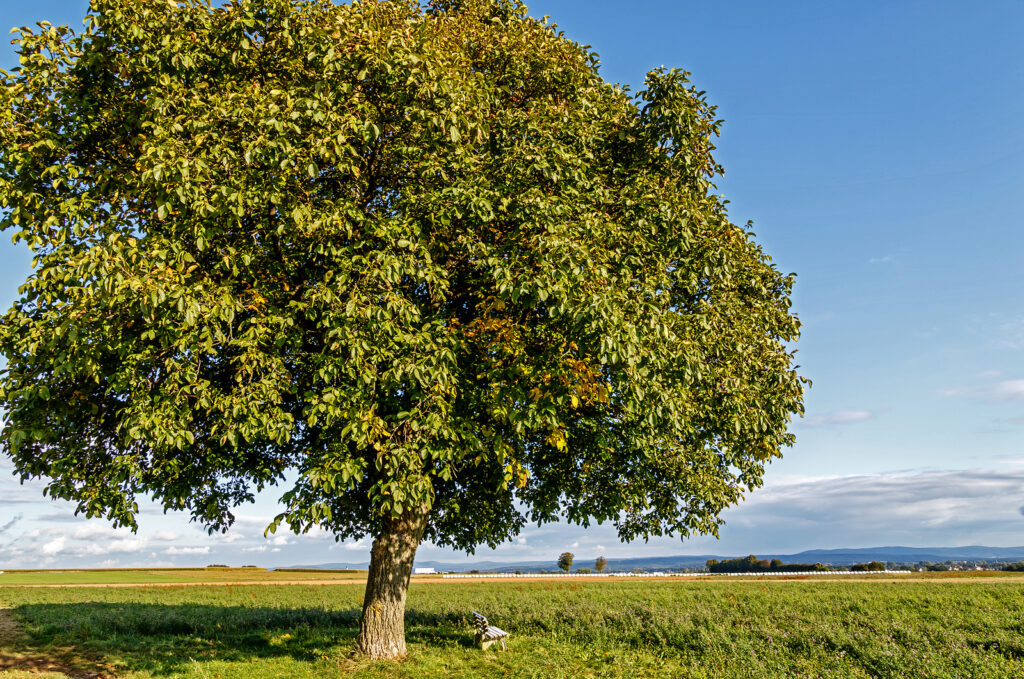
Get to know Black Walnut
- Plant type: Deciduous tree
- Growing Zones and range: 4-8
- Hardiness: Hardy
- Height and spread: To 100 fee (30m) tall and 75 feet (22.5m) wide
- Foliage: Large, pinnately compound, alternate leaves
- Flowers: Inconspicuous yellow-green catkins; yellow-green catkins from late spring to early summer; followed by nuts enclosed in green husks
- Bloom time: Spring
- Uses: Specimen tree, shade tree for large gardens
- Botanical name: Juglans nigra
- Common name: Black walnut
- Origin: Northern temperate zones
Where to plant Black Walnut
- Grow black walnut in full sun.
- Plant black walnut in deep, humus-rich, well-drained soil. Black walnut will tolerate a variety of soils.
When to plant Black Walnut
- Transplant small plants in early spring.
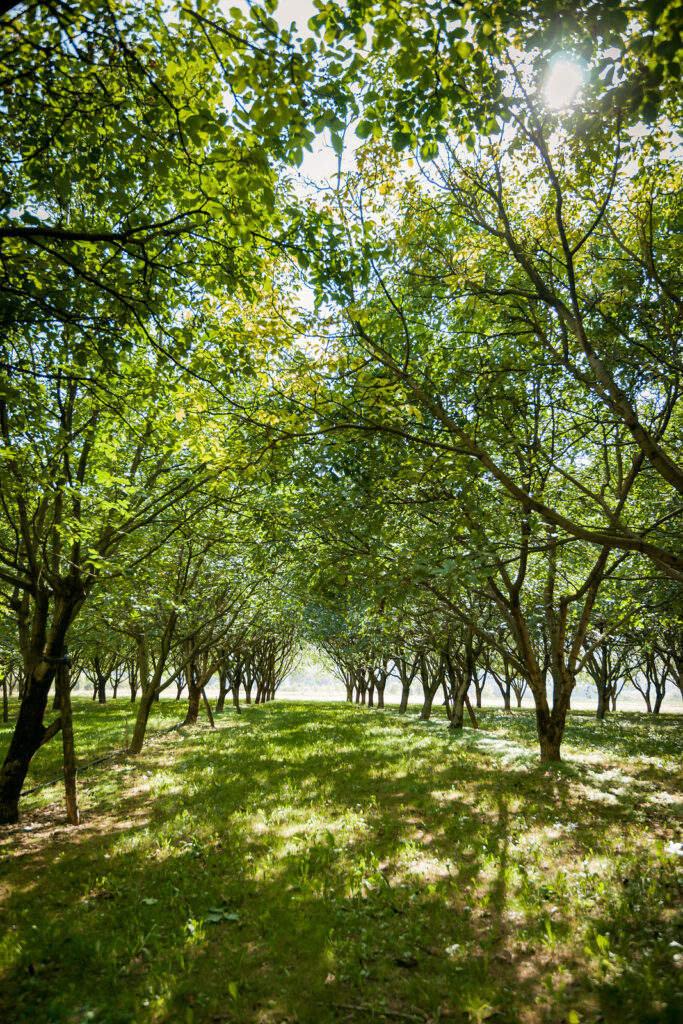
Planting and spacing Black Walnut
- Space walnuts 75 feet apart; they grow to 75 feet tall and wide
How to water and feed Black Walnut
- Keep the soil evenly moist for best growth
- Fertilize with aged compost spread to the dripline at least once a year
Black Walnut care
- Thin out small branches when crowded; larger branches will bleed when pruned.
- Prune black walnut in fall.
Black Walnut common problems
- Black walnut roots give off a substance toxic to many other plants; the toxicity reaches 50 to 60 feet radius from the trunk.
- Clean up fall leaves to reduce overwintering sites for disease spores.
Black Walnut propagation
- Sow black walnut seed in fall.
Black Walnut varieties to grow
- ‘Laciniata’ has deeply incised leaves.
- Juglans cinerea, butternut, is similar to the black walnut but is more cold hardy.
Juglans regia, English walnut, is a smaller tree grown for its easy to shell nuts.

